Tiny peppers are miniature chili varieties that are typically less than 1 inch in length, such as Bird's Eye, Chiltepin, and Pequin. Despite their small size, they pack intense heat and unique flavors. In this article, we'll explore everything you need to know about true tiny peppers—how to identify them, grow them, use them in cooking, and safely handle them.
- What Are True Tiny Peppers?
- Types of True Tiny Peppers
- Growing True Tiny Peppers
- Cooking with True Tiny Peppers
- Buying Guide for True Tiny Peppers
- Frequently Asked Questions
- Conclusion
What Are True Tiny Peppers?
Tiny peppers are specific chili varieties bred to remain small, usually under 1 inch in length. They are not immature versions of larger peppers but distinct types that naturally stay tiny. Common examples include Bird's Eye (Thai chili), Chiltepin, and Pequin. These peppers are known for their concentrated heat and distinctive flavors, making them popular in spicy cuisines worldwide.
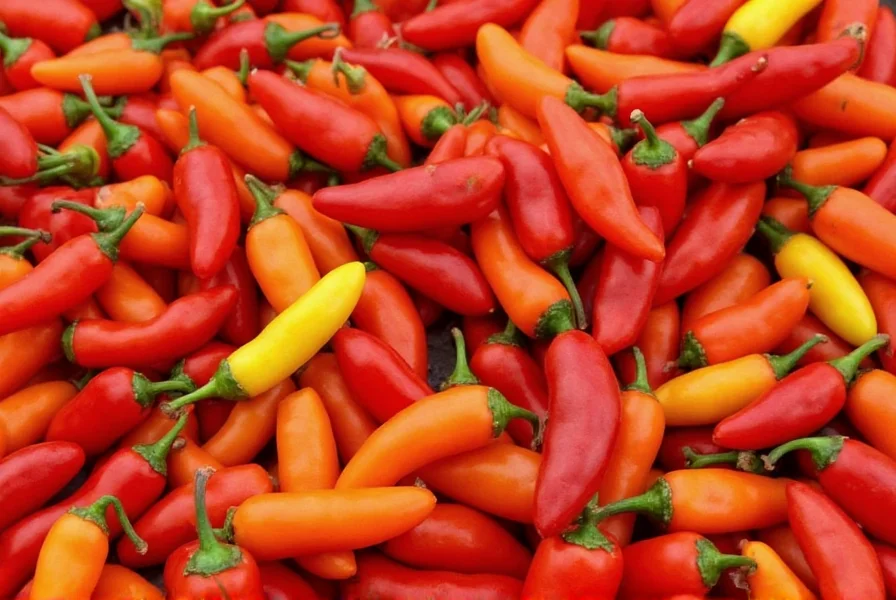
Types of True Tiny Peppers
True tiny peppers include several distinct varieties, each with unique heat levels and flavor profiles. Here's a detailed comparison:
| Pepper Type | Heat Level (Scoville) | Flavor Profile | Best Used For |
|---|---|---|---|
| Bird's Eye (Thai Chili) | 50,000 - 100,000 | Fiery, slightly sweet, citrusy | Thai curries, stir-fries, hot sauces |
| Chiltepin | 50,000 - 100,000 | Fruity, smoky, intense heat | Traditional Mexican dishes, salsas, pickling |
| Pequin | 40,000 - 60,000 | Nutty, smoky, balanced heat | Hot sauces, marinades, grilled meats |
| Thai Dragon | 50,000 - 100,000 | Sharp, pungent, fruity | Asian cuisine, stir-fries, dipping sauces |
These peppers are distinct from larger varieties like jalapeños or habaneros, which are often mistakenly called 'tiny peppers' but are actually medium-sized. True tiny peppers are specifically bred for their miniature size and concentrated heat.
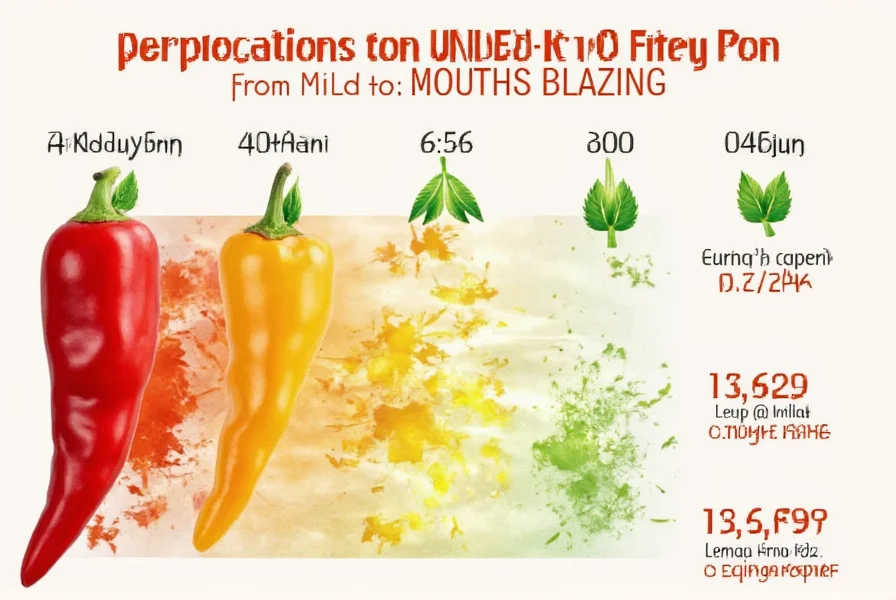
Growing True Tiny Peppers
If you're a gardener or just love growing your own spices, you might be interested in cultivating true tiny peppers at home. While they're smaller, they still require specific care. Here are key tips:
- Choose the Right Variety: Focus on true tiny pepper varieties like Bird's Eye, Chiltepin, or Pequin. Research climate compatibility—Bird's Eye thrives in tropical climates, while Chiltepin is drought-tolerant.
- Start from Seeds: Use fresh seeds from reputable suppliers. Start indoors 8-10 weeks before last frost, or directly in warm soil (70-85°F).
- Provide Adequate Sunlight: Require 6-8 hours of direct sunlight daily. Use grow lights for indoor cultivation if natural light is insufficient.
- Water Consistently: Keep soil moist but not soggy. Overwatering causes root rot; underwatering stunts growth. Use drip irrigation for even moisture.
- Use Fertilizer: Apply balanced organic fertilizer (e.g., 5-5-5) every 4-6 weeks. Avoid high-nitrogen formulas that promote leaf growth over fruiting.
- Harvest Timing: Pick peppers when fully mature (bright red or yellow) for maximum heat and flavor. Early harvest yields grassier notes but less intensity.
True tiny peppers are resilient but need precise conditions. With proper care, they yield abundant harvests even in small spaces like containers or vertical gardens.
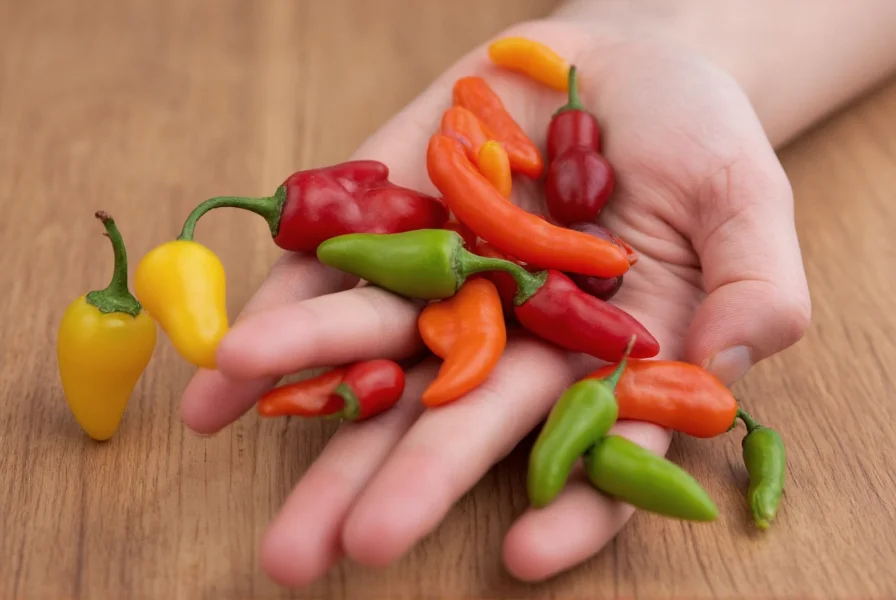
Cooking with True Tiny Peppers
True tiny peppers deliver intense heat in minimal volume. Here's how to use them effectively:
- Add Heat to Salsas: Finely chop 1-2 Bird's Eye peppers per cup of salsa for balanced heat without overpowering other ingredients.
- Make Hot Sauces: Blend Chiltepin peppers with apple cider vinegar, garlic, and honey for a smoky, fruity hot sauce. Strain for smooth texture.
- Roast for Depth: Roast whole Pequin peppers at 400°F for 10 minutes to enhance nutty notes. Perfect for topping grilled fish or tacos.
- Use in Stir-Fries: Add whole Thai Dragon peppers to Asian stir-fries during the last minute of cooking to preserve crispness and heat.
- Pair with Cheese: Stuff roasted Pequin peppers with blue cheese for a bold appetizer. The sweetness of cheese balances the intense heat.
Always start with small quantities—1/4 of a pepper may be enough for a dish. Use gloves when handling, and remember: the heat concentrates in the seeds and membranes.
Buying Guide for True Tiny Peppers
If you're not growing your own, find authentic tiny peppers at these sources:
Where to Buy
- Specialty Spice Shops: Stores like Penzeys or The Spice House carry fresh and dried true tiny peppers. Ask for Bird's Eye, Chiltepin, or Pequin specifically.
- Online Retailers: Amazon and specialty sites like PepperScale offer verified varieties. Check seller reviews for authenticity.
- International Markets: Asian or Latin American grocery stores often stock fresh Bird's Eye or Chiltepin peppers in produce sections.
What to Look For
- Freshness: Look for firm, vibrant skin with no wrinkles or soft spots. Stems should be green and attached.
- Heat Level: Verify Scoville ratings—true tiny peppers typically range 40,000-100,000 SHU. Avoid products labeled vaguely as "hot peppers."
- Origin: Bird's Eye peppers from Thailand or Vietnam, Chiltepin from Mexico, and Pequin from South America have distinct flavor profiles.
Recommended Products
- Dried Bird's Eye Chili Flakes – Authentic Thai variety, perfect for adding instant heat to soups or noodles.
- Fresh Chiltepin Peppers – Grown in Mexico, these small red peppers deliver smoky, fruity heat for salsas and marinades.
- Pequin Pepper Powder – Made from sun-dried Pequin peppers, ideal for spice rubs or hot sauce bases.
When purchasing, prioritize sellers who specify the exact pepper type and origin. This ensures you get genuine tiny peppers with consistent heat and flavor.
Frequently Asked Questions
How do true tiny peppers differ from small versions of larger peppers?
True tiny peppers like Bird's Eye, Chiltepin, and Pequin are distinct varieties bred to stay small (under 1 inch), not immature larger peppers. For example, jalapeños remain medium-sized even when young, while Bird's Eye peppers are naturally tiny regardless of maturity. This genetic difference affects heat concentration and flavor complexity.
Can I grow true tiny peppers indoors?
Yes, Bird's Eye and Pequin peppers thrive indoors. Use a 1-gallon container with well-draining soil, place near a south-facing window (or use LED grow lights for 12 hours daily), and maintain 70-85°F temperatures. Water when top inch of soil is dry—overwatering is the main cause of failure for indoor tiny peppers.
How should I store fresh true tiny peppers?
Store unwashed peppers in a paper towel-lined airtight container in the refrigerator's crisper drawer for up to 2 weeks. For longer storage, freeze whole peppers on a baking sheet before transferring to freezer bags (up to 6 months), or dry them in a food dehydrator at 135°F for 8-12 hours for shelf-stable preservation.
Are tiny peppers just immature jalapeños or habaneros?
No. True tiny peppers like Bird's Eye and Chiltepin are separate species, not immature versions of larger peppers. Jalapeños and habaneros grow larger even when young (typically 1-3 inches), while true tiny peppers never exceed 1 inch. Their heat levels also differ—Bird's Eye (50k-100k SHU) is hotter than mature jalapeños (2.5k-8k SHU).
How do I handle true tiny peppers safely without burning my skin?
Always wear food-safe gloves when handling. Avoid touching your face or eyes. If contact occurs, wash hands immediately with soap and cold water (hot water spreads capsaicin). For skin irritation, apply milk or yogurt to neutralize the burn. Never use bare hands for processing high-heat varieties like Chiltepin.
Can I substitute true tiny peppers for larger peppers in recipes?
Yes, but with caution. Use 1/10th the amount of true tiny peppers compared to jalapeños due to concentrated heat. For example, replace one jalapeño with just 1-2 Bird's Eye peppers. Always taste-test incrementally—add heat gradually and stop before reaching desired intensity, as it's impossible to remove excess spice once added.
Conclusion
True tiny peppers like Bird's Eye, Chiltepin, and Pequin offer intense heat and unique flavors in a compact package. By understanding their distinct characteristics, you can grow, buy, and cook with them confidently. Whether you're adding a fiery kick to Thai curries or experimenting with Mexican salsas, these miniature marvels transform dishes without overwhelming the palate.
Remember: always verify pepper varieties when purchasing or growing. True tiny peppers are not just "small peppers"—they're specialized varieties with precise growing needs and culinary applications. Start small, respect their heat, and discover how these tiny wonders elevate your cooking.
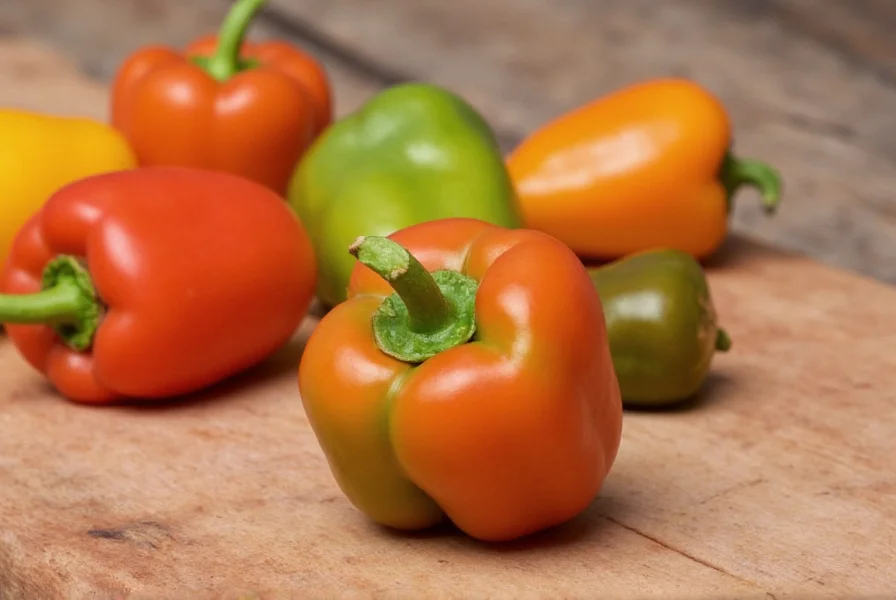

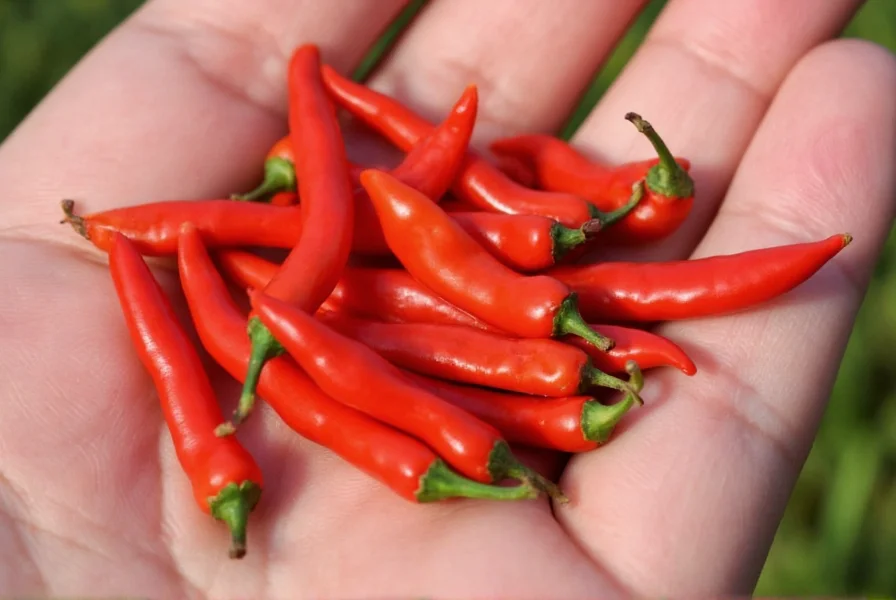









 浙公网安备
33010002000092号
浙公网安备
33010002000092号 浙B2-20120091-4
浙B2-20120091-4